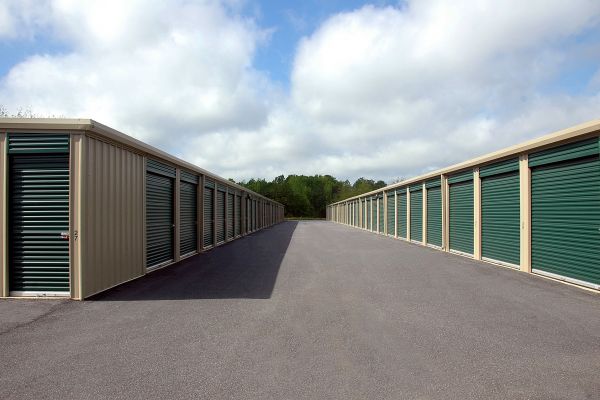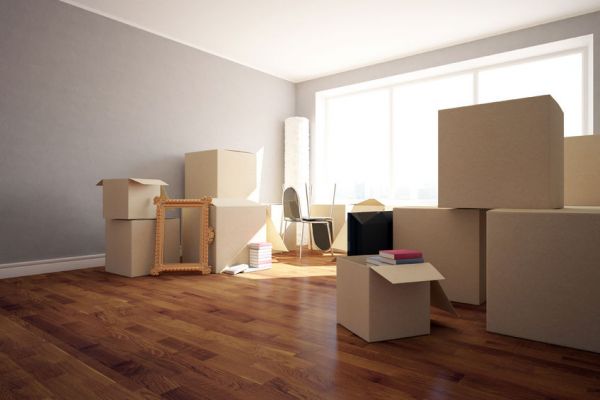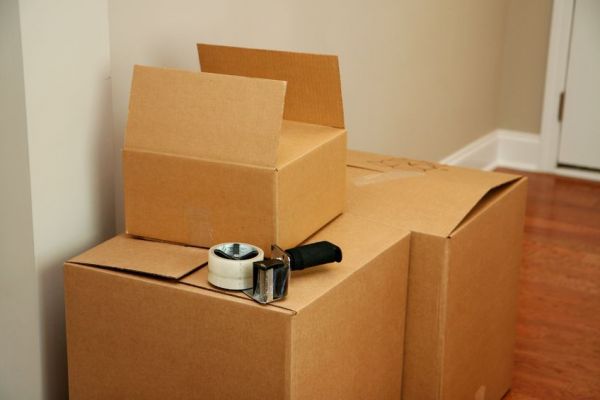Imagine you’re moving into or out of a home—what’s the first thing you think of? There’s a good chance your mind jumped straight to the meat and potatoes of moving—lifting and carrying boxes or heavy furniture and the inevitable toll these activities will take on your body. Regular breaks and proper lifting technique can save your aching back, but unless you take steps to protect your home as well, lifting items that typically aren’t meant to be moved also increases the risk of damage to your home. These risks include:
- Scratched floors
- Damaged furniture
- Dings and dents in walls and door frames
- Cracked windows
Whether you move with the help of friends and family or hire a professional moving team, there is always a chance of damage to your home when moving these heavy, bulky items. To save yourself the trouble of cleaning up or repairing damage after you move out, it’s important to consider how you’ll protect your home while you move before your moving day arrives.
If it seems unnecessary, think of it like putting on your seatbelt when you get into a car—hopefully you don’t need it, but it’s there to protect you just in case. Similarly, putting a few protective measures in place can help keep your furniture and your home safe and damage-free throughout your move.
Items you’ll need to protect your home from potential damage
The layout of your home dictates the kind of protective equipment you’ll need—open concept or single-story homes will be easier to safeguard than houses with numerous doorways or staircases, for example.
The areas of your home that you need to protect most during a move are the ones at the greatest risk of getting banged by a couch, hutch, or errant box, such as:
- Walls and wall corners
- Floors
- Bannisters and stairs
- Doors and doorways
- Windows
TSI TIP: To make your move easier, remove everything from the walls before you start transporting boxes and furniture. This way, you won’t have to worry about accidentally bumping a piece of artwork off the wall and dealing with the remains of your favorite painting or a shattered glass frame.
While you may think you need to get specialized equipment to keep these areas safe, most of the moving supplies you already have are quite versatile and can be used for many applications, including safeguarding your home. Items that you should have ready to use include:
- Moving blankets
- Cardboard
- Plastic sheeting and tarps
- Old sheets or rugs
- Non-slip treads
- Corner guards
Let’s take a closer look at how you can use each of these materials:
1. Moving blankets
Also called “furniture padding”, moving blankets are thick, heavy-duty blankets designed to be wrapped around furniture in order to protect it during the moving process. They can also be wrapped around bannisters, hung on walls, and secured on floors to prevent damage from accidental bangs, bumps, and drops. If you use moving blankets on the floor, always use high quality packing tape to secure them in place to avoid trips and falls.
If you hired movers, ask your moving company if they will supply moving blankets. Reputable carriers should always come prepared with blankets to wrap your furniture, so you may only need a few extras for the other areas in your home.
TSI TIP: If an item is heavy, furniture that is wrapped in moving blankets or with moving blankets placed underneath can be safely slid across most flooring without leaving scratches. Double check that you have covered any areas that might leave marks before attempting this.
2. Cardboard
Old, unusable cardboard boxes can be cut up, flattened and taped down to create a temporary pathway on the floor that will protect it from scratches, scuffs, and dirt. They can also be placed in windows or along walls as an added barrier to keep paint or wallpaper from getting scraped and protect windows from cracks.
TSI TIP: For large items, plan out the best possible carrying route in advance and discuss it with your movers before they begin. Using cardboard is a great way to clearly delineate the path.
3. Plastic sheeting and tarps
No matter how many times you check the forecast, inclement weather can strike any time during a move. Having protective materials like plastic sheeting or tarps to put down on your floors and cover your furniture and boxes with are key in the event that it starts raining or snowing—they will keep cardboard and moving blankets from getting soaked and will also protect your home from muddy boots and puddles, saving you from annoying clean-up later.
4. Old sheets and rugs
Rugs work very well as a tool for sliding heavy furniture along wood or tile flooring. Whether whole or cut up, turn a rug pile-side down to the floor and place the furniture on top before moving it. This is a great way to save your energy for times when you truly need to carry it—when you’re lifting things into the moving truck, over porches, and down stairs, for instance.
Old sheets and blankets can work well for this process as well, as long as they are thicker. These materials can also be draped on railings and walls in case you can’t get enough moving blankets to cover your entire furniture carrying pathway.
5. Non-slip treads
Stairs are one of the trickier things to navigate when you’re carrying a large box or a chest of drawers that weighs 150 pounds. Make this process as safe and easy as possible by putting non-slip treads on stairs, especially if you are going to move on a rainy or snowy day when people’s shoes will be unavoidably slippery.
6. Corner guards
Corner guards or edge protectors are available in a variety of materials and levels of permanence. Temporary ones made of foam or rubber can be easily installed along your moving pathway to help in those moments where you’re trying to keep your home from getting dinged while you struggle to get a bed frame through a doorway or around the corner of a hallway.
Protecting Furniture, Walls & Windows During a Move: Conclusion
The best way to protect your home during a move is by using common materials like moving blankets, cardboard, plastic sheeting or tarps, old sheets or rugs, non-slip treads, or corner guards to pad walls and wall corners, banisters, doors, windows, and even your floor.
It may strike you as overly cautious, but taking steps to protect your home during a move can save you a lot of grief throughout the moving process. The last thing you want to do after you’ve moved into your new home is a trek back to your old one to clean up any damage you left behind! It’s better to be overly cautious and avoid damage than be filled with regret after you accidentally take a chunk out of your wall and lose your deposit or have to pay for repairs.
More moving resources
Make your local, interstate, or cross-country move less stressful with our moving resources, moving guides, and moving tips.




